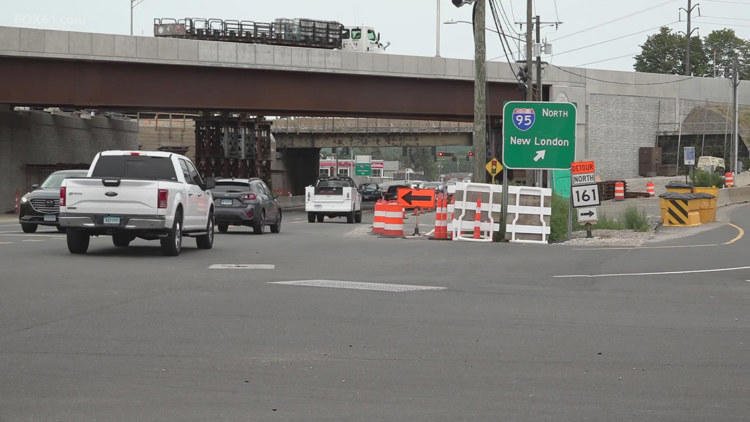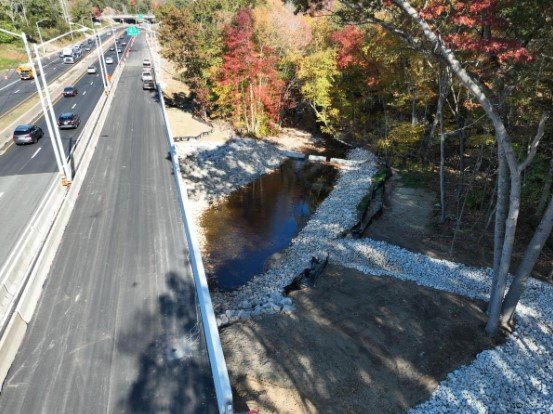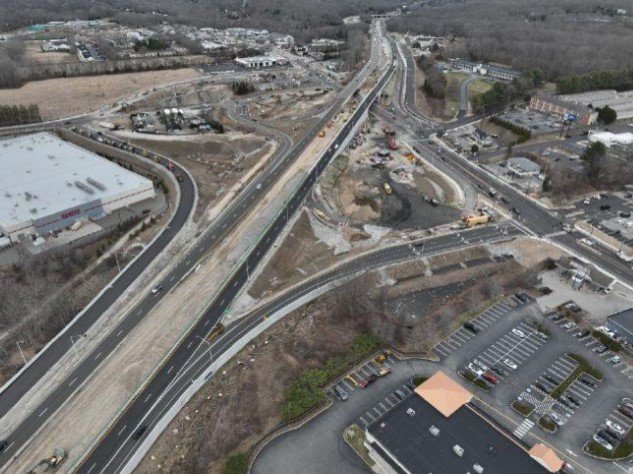- The Project
- Traffic & Detours
- News & Media
-
Construction Photos / Videos
- I-95 Southbound Exit 75 Entrance Ramp Improvements
- New Exit 74 Off-Ramp (Northbound) Drone Video
- Existing Condition Photos
- Monthly Project Photos
- Project Aerials
- Interactive 3D Project Model
- Blasting Videos
- Retaining Walls
- Enhancement of Latimer Brook Culvert
- I-95 Northbound New Roadway Alignment - Opened December 9, 2024
- Construction Schedule
- Contact Us
Page 1 of 1
Now viewing articles posted in 2025.
Connecticut's $150M I-95 Project Halfway Done; CTDOT Promises Safety Boost
August 7th, 2025

The Connecticut Department of Transportation has reported that its $150 million project is halfway done. Department officials say the project will make the interstate safer after many accidents occurred there over the years.
Retaining Walls, Earthwork Enable DOT to Raise Section of I-95
April 2nd, 2025
 Posted in: In the News
Posted in: In the NewsPortion of Flanders Road to be rebuilt as part of I-95 reconstruction
March 27th, 2025
East Lyme — Flanders Road commuters might have to visit the car wash more often, as a portion of the road will soon be fully reconstructed as part of the $156 million Interstate 95 Exit 74 interchange project. Starting in mid-April the road will be gravel for 500 feet from the intersection with F... Posted in: In the News
Posted in: In the News
Page 1 of 1








